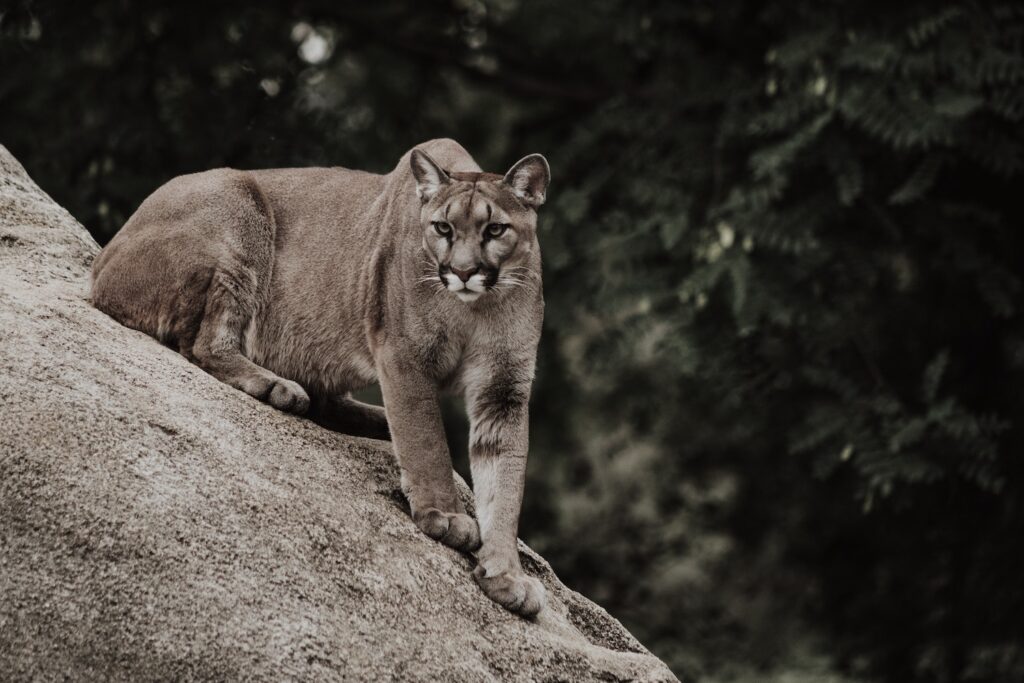This is the first part of a 2-part series of posts exploring the idea of nighttime as a habitat, originally published in 2023 by Noctia Institute. You can read Part 2 here.
The word habitat refers to the natural environment or home of a group of organisms. It is where a species or community lives, obtaining food, water, shelter, and other resources needed for survival and reproduction. A habitat can be as small as a single leaf or as large as an entire ecosystem.

When you think of the word habitat, it’s natural to picture a large area of land with specific environmental features and conditions. Perhaps the image that comes to your mind is a tropical rainforest, a vibrant coral reef system, or vast, dry savannah. These are all examples of habitats, the natural environments where groups of organisms live and work to survive and reproduce. Despite their differences, all habitats share a common function: they support life adapted to their specific conditions.
If you pay attention to the image you thought of, you might notice a subtle bias: you’re likely picturing it in daylight. This is a diurnal or daytime bias, a tendency to view the natural world through a human-centric lens, where daytime is seen as the default time window for life and activity, and the night is overlooked. This bias stems from the fact that humans are diurnal, highly visual creatures, conducting most of our activities under natural or artificial light. While this bias helps us understand other daytime species, it often leads us to ignore ecosystems that thrive in darkness.
You might be wondering what difference it makes — if a habitat’s boundaries remain the same, does it matter whether you picture it during the day or night? It does. The key distinction between day and night is the amount of visible light in the environment. While diurnal species rely on sunlight, nocturnal life depend on natural darkness and more subtle variations in nocturnal light. For example, nocturnal predators like owls and bats rely on enhanced hearing and night vision to hunt, while certain night-blooming flowers depend on moths and bats for pollination. Many species also respond to light from changing phases of the Moon, altering their behaviour in response to variations in celestial light. The same physical space transforms at night, becoming home to entirely different species.In this way, natural darkness itself forms a spatial habitat — a physical environment that extends wherever natural night remains undisturbed. Nocturnal species move, hunt, and interact within this expanse of darkness, just as diurnal creatures do within daylight.
The artificial light that humans use mimics daylight, which is intensely bright and disruptive to nocturnal creatures. Each illuminated area becomes a barrier, forcing nocturnal life to either persist in conditions they have not evolved for, or to retreat into remaining pockets of darkness. Many nocturnal animals like cougars [1], bats [2], and tawny owls [3], will avoid illuminated areas, making switching on a street light as damaging to their habitat as more explicit physical habitat degradation through actions like deforestation.
Using minimal, well-directed lighting in ecologically sensitive areas helps preserve the integrity of nocturnal habitats, allowing species to thrive without disruption. Thoughtful lighting practices can ensure that darkness remains a viable space for life, and prevent the silent erosion of this essential habitat.